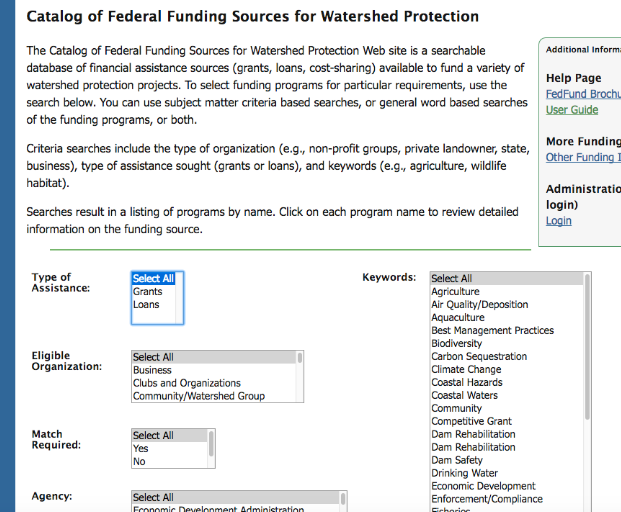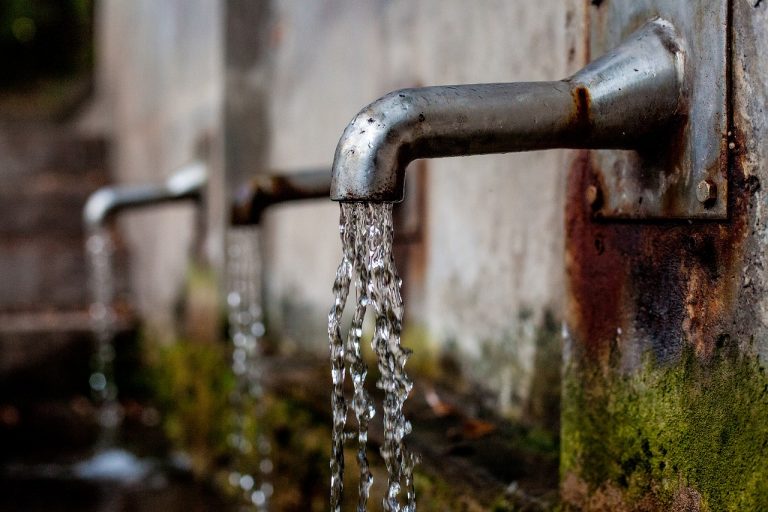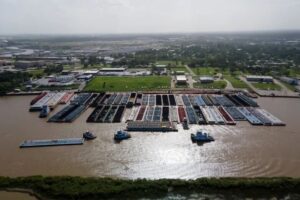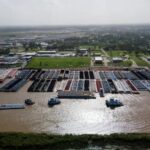Water, an increasingly dear commodity around the globe, offers a wide range of topics for business reporters. At their heart, water pollution, water system facilities and safe drinking water resources are all stories about money. Several tools come in handy when writing a water story. The EPA (Environmental Protection Agency), and DEQ (State Department of Environmental Quality) are great starting points for business journalists searching for the latest data on water-related issues.
EPA’s Water System Facility database
Many of the public water systems in the U.S. are antiquated, and age could lead to problems during the process of purifying the water. The EPA database lets you search for safe drinking water by state. There are four possible search options: water system name, county name, population served and system status, which makes it easy to locate a local water system facility. The search result will lead to a detailed report of the facility, listing primary water source type, population served and a history of all violations. Click on a contaminant and you will be directed to a page detailing the chemical’s potential harm to humans. A violation can be pricey to fix. The Arizona Daily Sun reported recently that the Navajo Nation could spend $6 million on improvements to six sewage treatment plants, which, according to the EPA, have years of Clean Water Act violations.
State-level annual reports
Many states have departments dedicated to environmental quality. They release annual reports that often reveal how water system customers and taxpayers deal with the financial burden imposed by water system maintenance. For example, the Louisiana Department of Environmental Quality’s annual report gives a progress update on the $20-million upgrade to the city’s wastewater treatment plant. Business journalists can compare the amount budgeted with the actual effects that funding has achieved. Annual reports can also be used as background references when reporting on water budgets and water planning policies. For example, Deseret News Utah reported that the Utah Water Quality Board is devoting $1 million to solving the harmful algae bloom spread, which resulted in massive fish kills and concentrations of a toxin called microcystin.
EPA’s Catalog of Federal Funding Sources for Watershed Protection
For journalists who want to trace the funding for a watershed, the EPA is the agency to tap. A variety of financial sources going to watershed protection projects, including grants, loans and cost-sharing, are categorized in the searchable database the EPA provides. The database provides the percentage of applicants funded and the funding level. For example, according to The Mining Journal, Marquette City, Michigan will submit a grant application for cleaner water; if approved, over 70 percent of the $401,000 project will be covered by the federal government. Once the initial search is completed, additional tools are available to help narrow the results.

Reporters’ Takeaway
• Use the EPA’s water system facility database to find water facility regulation violations in your area.
• Annual reports from state environmental departments can help you develop a deeper understanding of local water resources and give you a look at the financial budget for system maintenance.
• Look at the EPA’s Catalog of Federal Funding Sources for Watershed Protection to trace the funding of your local watershed protection.











